Studying film and cinema before undertaking architecture has set Olaver Architecture up for creating atmospheric spaces. Gontran Cherrier in Hawthorn is just one example of this approach.
Olaver Architecture’s hospitality projects are remarkable for their material contrasts. Vignettes of light and dark, old and new, and soft and hard have become the Melbourne-based practice’s signature, lending each new project a sort of visual poetry that evokes an immediate emotive response.
It comes as no surprise that founder and director Emlyn Olaver studied film and cinema before architecture. He has a knack for creating atmospheric spaces full of elegant restraint and enveloping warmth. A University of Melbourne alumnus, Olaver often refers to his collection of cinema studies books for inspiration and always puts himself in the picture when formulating initial concepts and sketches.
“I think it’s important to design an interior with consideration for how people will experience the space – customers as well as staff. And I’m always happiest when I see everyone enjoying what we’ve created,” he says. Experiential aspects of his seven-strong team’s designs translate as highly textured surfaces, plush finishes and a quality of light that’s memorable. For Gontran Cherrier in Hawthorn, Melbourne, Olaver and team played into the exposed original brick walls and pressed tin ceiling.
These textural elements have come to define the 70 square-metre boulangerie, creating a perfect backdrop for the artisanal breads and pastries on display. Olaver has kept the scheme simple, with the only concession being a sculptural granite counter that anchors the space and perfectly contrasts the overall lightness of the interior.
The practice has plenty on its plate, with current hospitality work including two Japanese restaurants, one of which is situated in an existing red brick building in Richmond. Its scheme plays with the idea of wabi-sabi, further exploring the theme of old and new via multiple stylistic and material layerings. Watch this space.
This article originally appeared in issue #74 of Indesign – the “hospitality” issue. We’re gearing up for the release of issue #76 – the “workplace” issue, due out in February.
Get the latest delivered weekly, sign up for our newsletter.
INDESIGN is on instagram
Follow @indesignlive
A searchable and comprehensive guide for specifying leading products and their suppliers
Keep up to date with the latest and greatest from our industry BFF's!
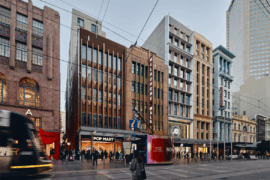
Merging two hotel identities in one landmark development, Hotel Indigo and Holiday Inn Little Collins capture the spirit of Melbourne through Buchan’s narrative-driven design – elevated by GROHE’s signature craftsmanship.
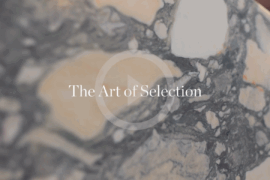
CDK Stone’s Natasha Stengos takes us through its Alexandria Selection Centre, where stone choice becomes a sensory experience – from curated spaces, crafted details and a colour-organised selection floor.
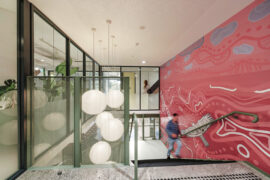
From radical material reuse to office-to-school transformations, these five projects show how circular thinking is reshaping architecture, interiors and community spaces.
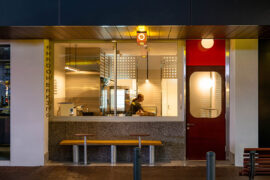
Working within a narrow, linear tenancy, Sans Arc has reconfigured the traditional circulation pathway, giving customers a front row seat to the theatre of Shadow Baking.
The internet never sleeps! Here's the stuff you might have missed

Merging two hotel identities in one landmark development, Hotel Indigo and Holiday Inn Little Collins capture the spirit of Melbourne through Buchan’s narrative-driven design – elevated by GROHE’s signature craftsmanship.
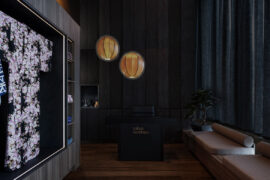
Making a splash on the hair spa scene, the latest project from X + O makes a little slice of Japan right at home in suburban Melbourne.